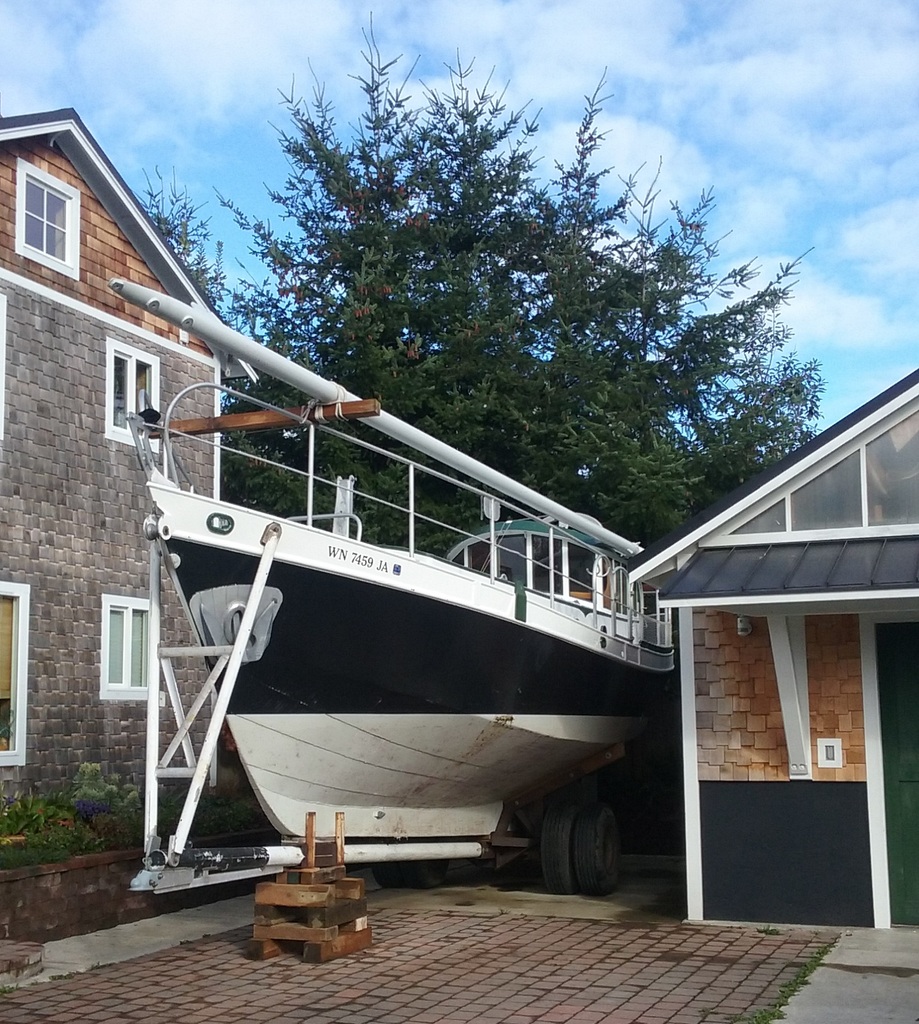BruceK
Moderator Emeritus
- Joined
- Oct 31, 2011
- Messages
- 13,347
- Vessel Name
- Sojourn
- Vessel Make
- Integrity 386
Pleasing on 2 counts, SV Panope. First as a S/S owner, objective tests like this are very reassuring. I never know just what is happening at the seabed, this shows me, it adds to confidence. The S/S sits perfectly on my bow, it has good balance, it self launches, and if looks mattered (they don`t) it doesn`t look nearly as "agricultural" as the aptly named "plough".
Second, the tests have affirmatively righted the disservices of past criticism of the anchor, and its manufacturer. It is a good product, tried and tested.
Second, the tests have affirmatively righted the disservices of past criticism of the anchor, and its manufacturer. It is a good product, tried and tested.







